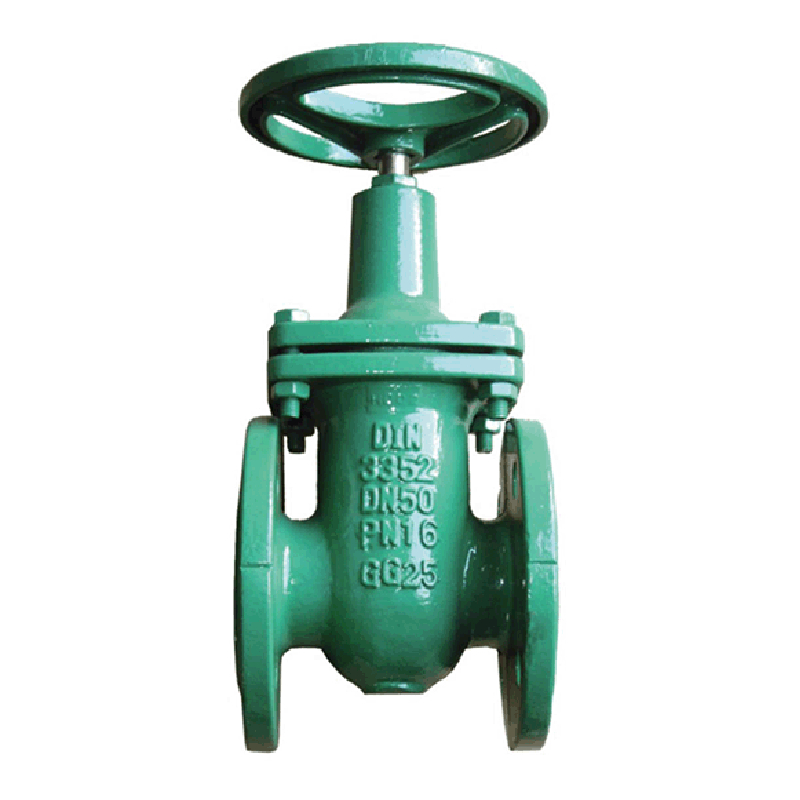Dec . 14, 2024 07:47 Back to list
double eccentric flange butterfly valve
Double Eccentric Flange Butterfly Valve An Overview
Butterfly valves are widely used in numerous industries due to their simple design, lightweight construction, and efficient sealing capabilities. Among the various types of butterfly valves, the double eccentric flange butterfly valve has gained significant attention for its innovative design and improved performance characteristics. This article explores the features, advantages, applications, and key considerations regarding double eccentric flange butterfly valves.
Understanding Double Eccentric Design
The term double eccentric refers to the unique design of the valve where the shaft is positioned off-center, both in relation to the disc and the pipe. This feature allows for a smoother operation and enhances the valve's sealing performance. In a double eccentric butterfly valve, the rotation axis is displaced from the center of the disc's face, which minimizes friction between the disc and the seat during the opening and closing process. This design significantly reduces wear and tear and prolongs the valve's lifespan.
Key Features
1. Flange Connection The double eccentric flange butterfly valve is fitted with flanges on both ends, facilitating easy installation into a pipeline. This design helps ensure a tight and secure connection, preventing leaks.
2. Material Compatibility These valves can be made from a variety of materials, such as stainless steel, ductile iron, and plastic, allowing them to be used in different applications, including those involving corrosive or high-temperature fluids.
3. Reduced Torque Requirement The double eccentric design results in a reduced torque requirement for operation. This means that less effort is needed to open and close the valve, which can lead to energy savings and reduced wear on actuation mechanisms.
4. Excellent Sealing Ability The unique geometry of the double eccentric design enhances the sealing ability of the valve. This results in a reliable shut-off capability, making it suitable for critical applications where leak prevention is paramount.
Advantages
1. Durability The reduced friction and wear associated with double eccentric design contribute to the valve's overall durability, making it ideal for applications with high cycle rates.
double eccentric flange butterfly valve

2. Operational Efficiency The valve's ability to open and close with minimal torque translates into faster operation, which can improve the efficiency of processes in various industries.
3. Versatility Double eccentric flange butterfly valves can accommodate different sizes and pressure ratings, making them suitable for a wide range of applications, from water treatment plants to chemical processing facilities.
4. Maintenance-Friendly The simplified design and construction make these valves easier to maintain. In many cases, the valve can be serviced without needing to remove it from the pipeline.
Applications
The double eccentric flange butterfly valve is widely used in various sectors, including
- Water and Wastewater Treatment These valves are used to control the flow of water and waste, ensuring efficient treatment processes. - Chemical Industry They are suitable for handling corrosive and hazardous materials due to their robust material choices and excellent sealing capabilities.
- HVAC Systems In heating, ventilation, and air conditioning systems, these valves control the flow of air and fluids, contributing to energy efficiency.
- Oil and Gas Their reliability makes them ideal for controlling the flow of oil and gas in pipelines.
Conclusion
The double eccentric flange butterfly valve represents an advancement in valve technology, offering enhanced performance, durability, and versatility. Its unique design minimizes wear and torque requirements while providing excellent sealing capabilities, making it a preferred choice in various industrial applications. As industries continue to evolve, the demand for efficient and reliable flow control solutions like the double eccentric flange butterfly valve is expected to grow, solidifying its role as a crucial component in fluid management systems. Whether in water treatment, chemical processing, or HVAC applications, this valve type is poised to meet the challenges of modern industrial processes effectively.
Share
-
Reliable Wafer Type Butterfly Valves for Every IndustryNewsJul.25,2025
-
Reliable Flow Control Begins with the Right Ball Check ValveNewsJul.25,2025
-
Precision Flow Control Starts with Quality ValvesNewsJul.25,2025
-
Industrial Flow Control ReliabilityNewsJul.25,2025
-
Engineered for Efficiency Gate Valves That Power Industrial PerformanceNewsJul.25,2025
-
Empowering Infrastructure Through Quality ManufacturingNewsJul.25,2025